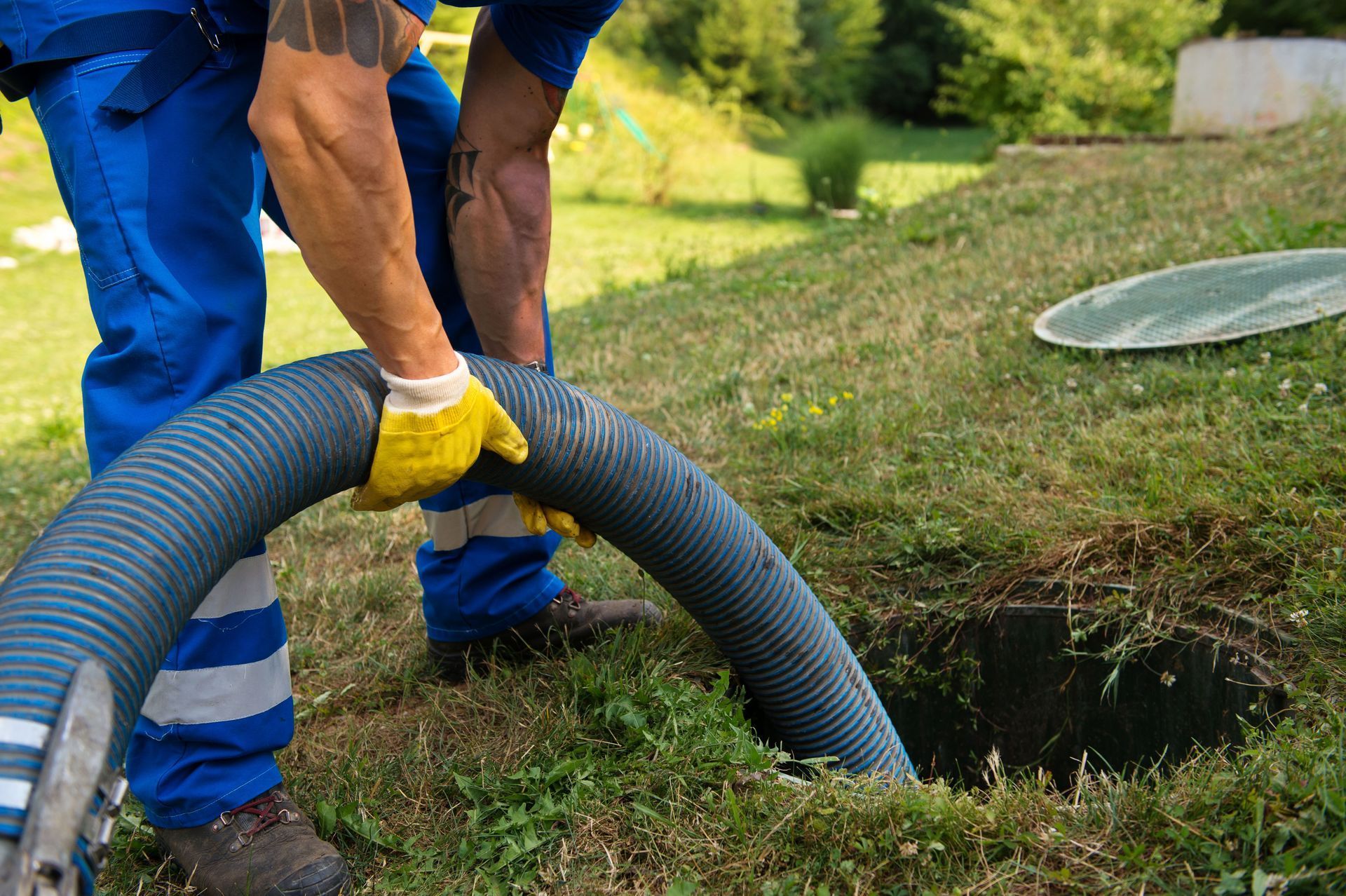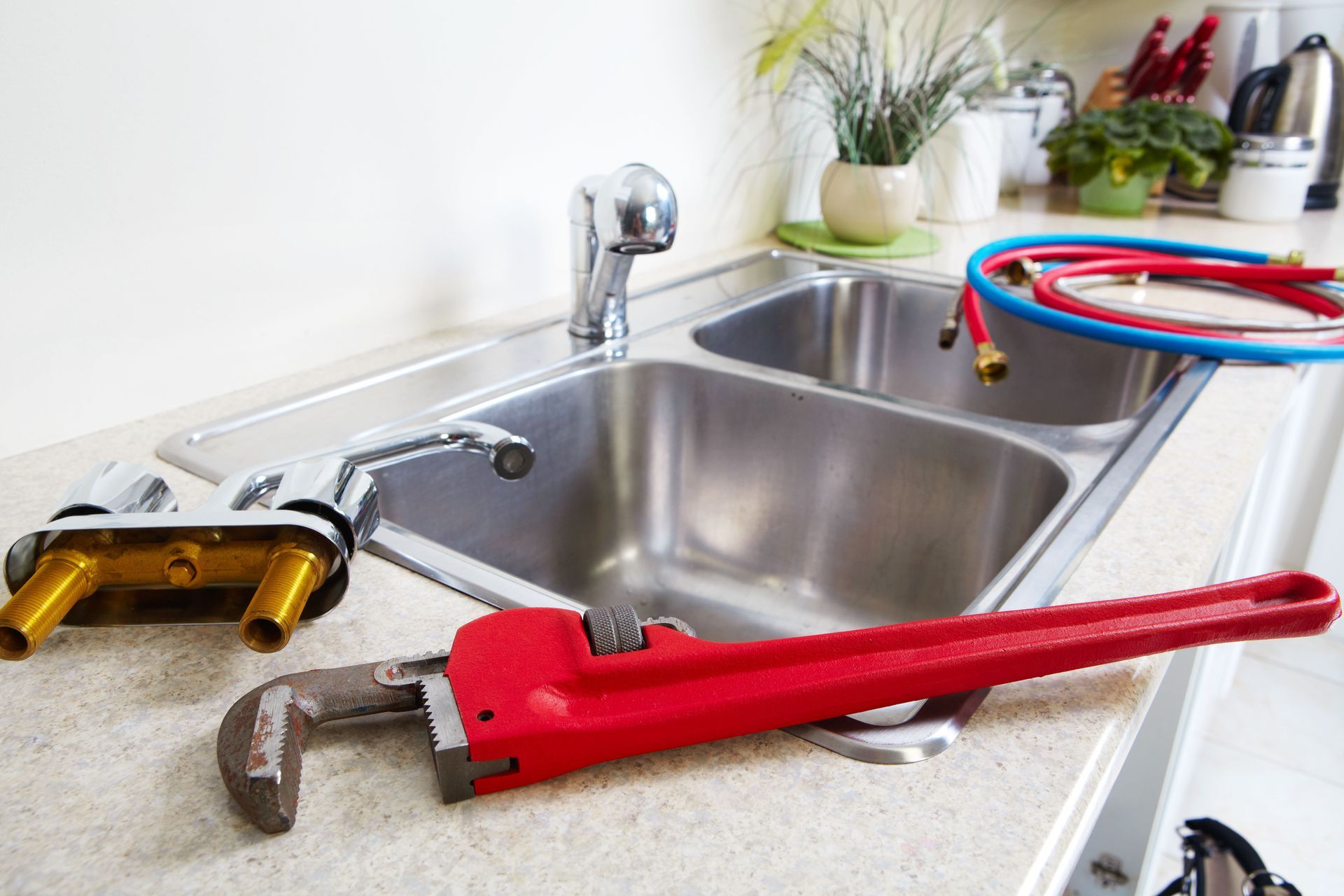June 30, 2025
The sewer line is an essential part of your home's plumbing system, responsible for carrying wastewater away from your house. However, over time, sewer lines can deteriorate due to various factors, necessitating replacement. Identifying the signs of a failing sewer line early can save you from costly repairs and damage. Let's explore five common signs that indicate you need to hire a plumbing company to replace your home's sewer line.
1. Persistent Drain Clogs
Persistent drain clogs are one of the most noticeable symptoms of sewer line issues. Frequently clogged toilets, despite repeated plunging efforts, may indicate a deeper problem within the sewer system. Drains that clear slowly or not at all can signal a blockage causing water to back up. Often, these persistent clogs arise from tree roots infiltrating the sewer line or from aging pipes.
Slow-draining sinks and tubs are also significant red flags when it comes to sewer line health. As water takes longer to disappear down the drain, it may signify a blockage or break in the main sewer line. This slow movement could result from debris buildup, pipe corrosion, or even external pressure on the line. Over time, what begins as a minor inconvenience could escalate into severe damage if left unresolved.
When you experience multiple fixtures clogging or backing up at once, this often points to a systemic sewer line issue rather than isolated drain problems. Such simultaneous clogs can occur when blockages are present in the main sewer line, affecting the entire drainage system. This could be due to significant intrusions like roots or complete collapses in the sewer pipe. Understanding the interconnected nature of household plumbing is vital to diagnosing these issues accurately. A professional plumbing company can conduct a thorough inspection to pinpoint and address the root cause effectively.
2. Unpleasant Odors
One of the more distressing signs of a failing sewer line is the presence of unpleasant odors within your home. Sewer gas smell inside your living space is not only intrusive but can also be hazardous. Such odors could indicate cracks in the sewer line allowing gases to escape. These gases may include methane, which is both dangerous and detrimental to air quality. Identifying sewer gas odors promptly can prevent health risks associated with prolonged exposure to these hazardous elements.
Sewer line problems can manifest in your yard as well, particularly when odors extend outside. If you notice a persistently unpleasant smell around your property, it might indicate a breakage or leak under the soil. These odors often accompany sewer leaks, where wastewater has escaped into the surrounding earth. Addressing this issue quickly can prevent further damage to both your property and the local environment.
Odors emanating from plumbing fixtures, such as sinks or toilets, can further indicate underlying sewer issues. When these smells permeate your home, it's likely that there is a backup or significant blockage. Such occurrences might signify breaks or infiltrations into the main line, severely hindering drainage efficiency. Living with these odors isn’t just unpleasant but may hint at health risks due to sewer gas exposure. A plumbing company can effectively address these concerns by pinpointing and mitigating the source of the problem.
3. Mold and Mildew Growth
Mold and mildew growth is often a direct consequence of leaking sewer lines within a home. These unpleasant fungi thrive in moist environments, typically fueled by leaks that increase overall humidity. Such growth can appear on walls, ceilings, or basements where leaks might not be immediately visible. If left unattended, mold can lead to structural damage and potentially hazardous living conditions.
Escalating indoor humidity is another sign of possible sewer line leaks. Leaks increase moisture content in your home's air, creating an ideal environment for mold spores. This elevated humidity may contribute to overall discomfort and exacerbate respiratory issues for occupants. In more severe cases, it can lead to significant structural problems as moisture weakens building materials. Homeowners should monitor humidity levels and consider professional assessment by a plumbing company when unexplained changes occur.
Unexplained stains or discoloration on walls or ceilings might point to hidden leaks from a damaged sewer line. These blemishes occur when water escapes and seeps into drywall or plaster. If untreated, they can become major breeding grounds for molds, leading to potential health risks. Homeowners should not ignore these visual cues, as they can signify deeper, potentially costly plumbing issues.
4. Lawn Changes
A mysterious patch of lush greenery on your lawn could be an indicator of a sewer line leak. When sewer lines break, the escaping water and nutrients can cause certain lawn areas to flourish unexpectedly. This localized lawn greening may seem beneficial at first but often signifies more concerning underground issues. These areas may mask dangerous leaks that can eventually damage your property further.
Persistently soggy soil or unexpected pools of water in your yard often indicate serious sewer line breakages. When water from the sewer line escapes, it accumulates in the surrounding soil, preventing it from drying out properly. Over time, this can lead to waterlogged soil and even sinkholes, which can destabilize your property. Together with increased water bills, these signs should prompt immediate investigation. Correctly addressing such issues requires expert knowledge by a plumbing company to prevent further property damage.
Increased insect activity, particularly in one area of your lawn, can be another warning signal of sewer line issues. Sewer leaks attract various pests like insects, drawn to the moisture and nutrients within the leaked water. This unintended attraction can lead to infestations, introducing further concerns like plant damage and potential disease vectors. Spotting insect swarms or increased ground activity should encourage inspections of your sewer system.
5. Aged Pipe Materials
Understanding the materials used in your sewer lines is essential for evaluating their longevity and potential need for replacement. Common sewer line materials include clay, cast iron, PVC, and ABS, each with unique lifespans and vulnerabilities. According to HomeGuide, modern sewer lines can last between 50 and 100 years, depending on the materials used. Recognizing these materials can help homeowners assess whether their plumbing systems are approaching the end of their functional life.
Older homes may still rely on galvanized pipes, which are prone to corrosion and other age-related issues. Over time, these pipes are vulnerable to a variety of environmental and chemical stresses, leading to reduced water quality and flow. The corroded material can weaken the structural integrity of pipes, making them more susceptible to breaks and leaks. Overhauling these outdated systems with newer, more durable materials can prevent major plumbing issues.
Modern homes increasingly employ PVC and ABS pipes due to their resistance to rust and corrosion compared to metal options. While generally more durable, these materials can still suffer from stress-related issues over time. External pressure, UV exposure, and shifting soils can affect these pipes, leading to unexpected line failures. Maintaining these systems involves routine checks and addressing minor issues before they escalate. Opting for high-quality plastic pipes can extend the functional lifespan of your sewer system considerably.
Replacing a sewer line is not an everyday home improvement task, but recognizing the signs of failure is crucial for preventing larger issues. By understanding these common indicators and hiring a plumbing company , professionals can address any problems. For homeowners located in Southern California, contact our team at Scott McLeod Plumbing, Inc today!












